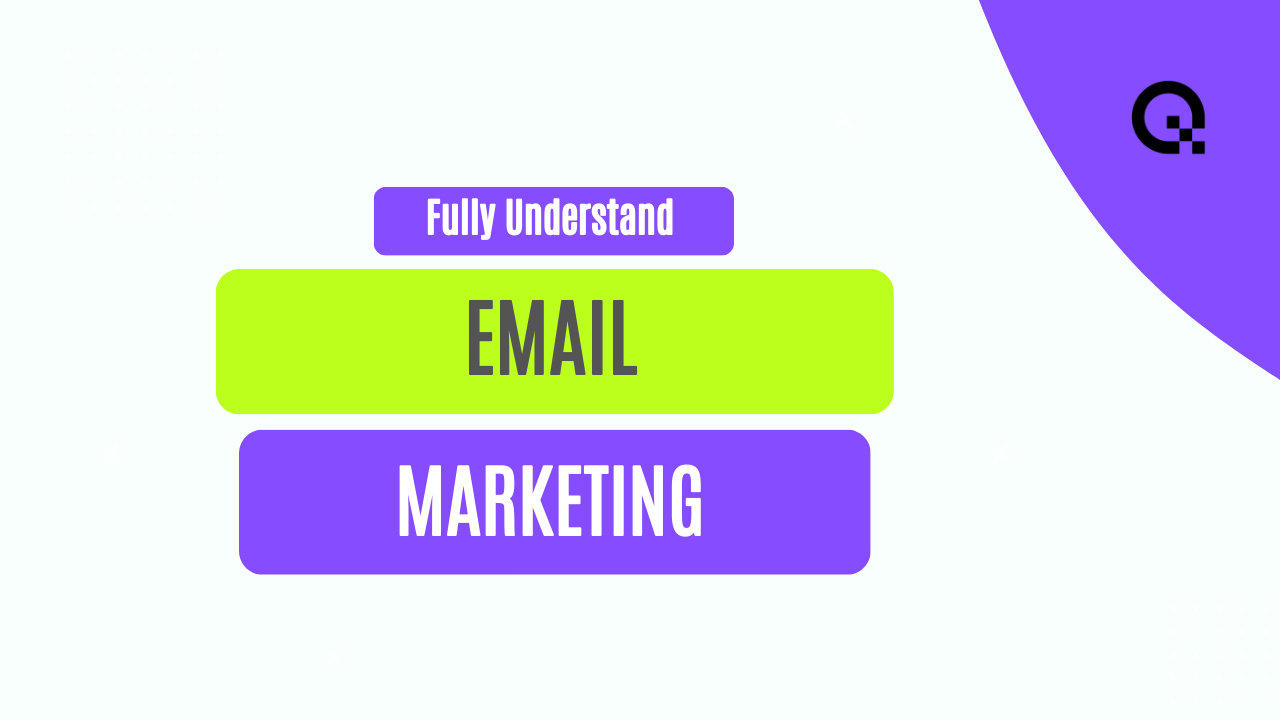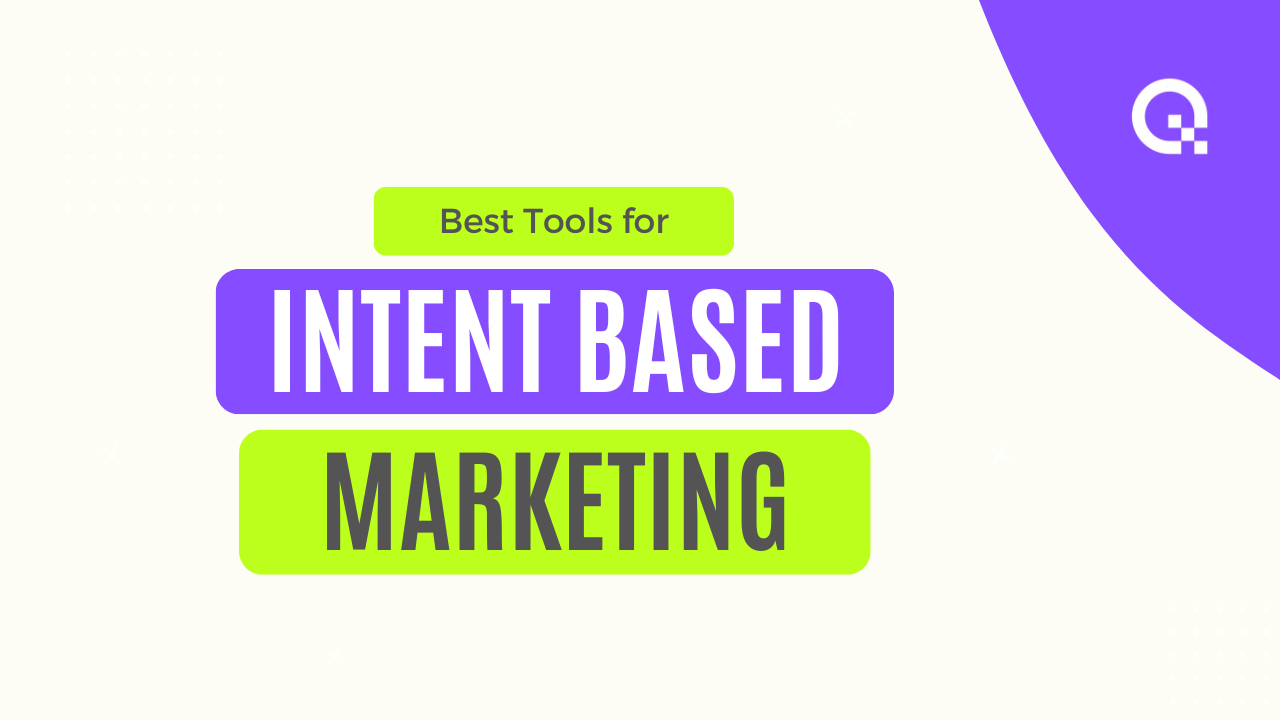Mastering Behavioral Email Sequencing: A Guide to Intent Targeting
Behavioral email sequencing is a powerful marketing strategy that allows businesses to target their audience based on their behavior and intent. In this comprehensive guide, we will explore how behavioral email sequencing can help businesses reach their target audience effectively and drive engagement.
Understanding Behavioral Email Sequencing
Behavioral email sequencing is a marketing automation strategy that involves sending a series of targeted emails to users based on their behavior and interactions with your brand. By analyzing user behavior, businesses can create personalized email sequences that cater to the specific needs and interests of their audience.
Unlike traditional email marketing campaigns that send the same message to all subscribers, behavioral email sequencing allows businesses to deliver relevant content at the right time, increasing the chances of engagement and conversion.
By leveraging behavioral data such as website visits, email opens, clicks, and purchases, businesses can create dynamic email sequences that guide users through the customer journey and encourage them to take specific actions.
Benefits of Behavioral Email Sequencing
There are several benefits to using behavioral email sequencing for intent targeting:
1. Personalization: Behavioral email sequencing allows businesses to deliver personalized content based on user behavior, increasing engagement and conversion rates.
2. Targeted Messaging: By targeting users based on their behavior and intent, businesses can send relevant messages that resonate with their audience.
3. Automation: Behavioral email sequencing can be automated, saving businesses time and resources while ensuring that users receive timely and relevant content.
Implementing Behavioral Email Sequencing
When implementing behavioral email sequencing for intent targeting, businesses should follow these best practices:
1. Define Your Goals: Clearly define the goals of your email sequences and identify the specific behaviors you want to target.
2. Segment Your Audience: Segment your audience based on their behavior and intent to create personalized email sequences that resonate with each segment.
3. Create Engaging Content: Develop compelling content that addresses the needs and interests of your audience, guiding them through the customer journey.
Measuring Success
To measure the success of your behavioral email sequencing campaigns, track key performance indicators such as open rates, click-through rates, conversion rates, and revenue generated. Use A/B testing to optimize your email sequences and continually refine your targeting strategies to improve results.
By mastering behavioral email sequencing for intent targeting, businesses can create personalized and engaging email experiences that drive results and build lasting relationships with their audience.



